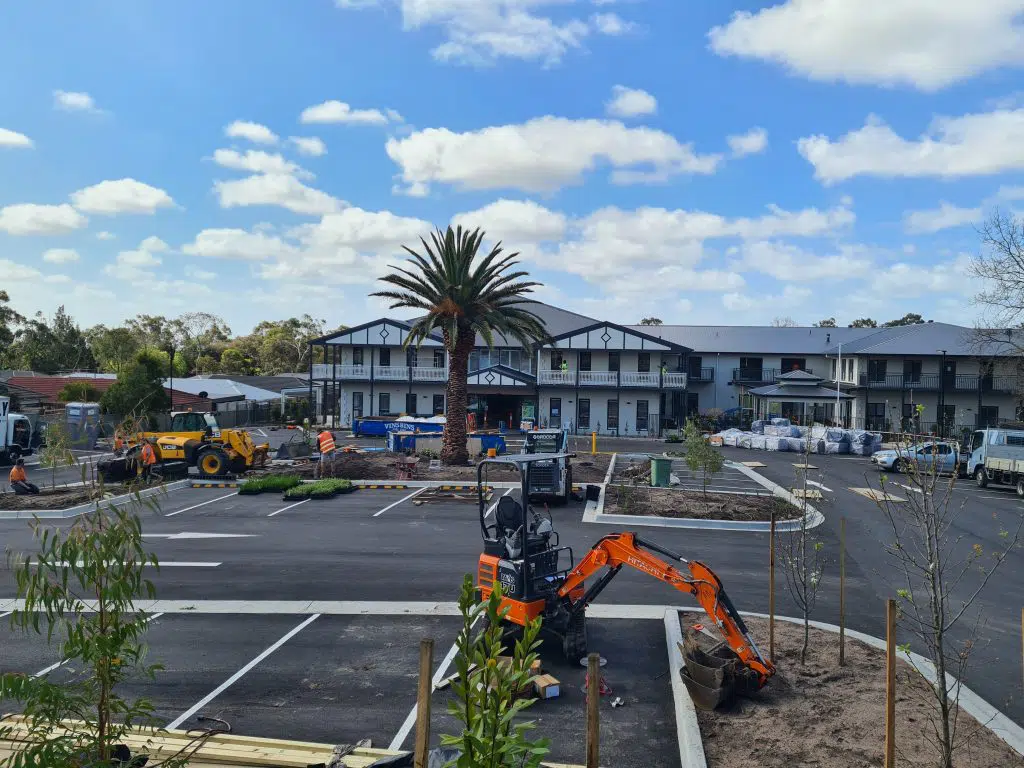Embarking on a septic tank installation project can feel daunting for homeowners. With numerous considerations and steps involved, it’s essential to understand the installation process thoroughly. From the initial site assessment to the final inspection, this guide aims to demystify the journey of septic tank installation, ensuring homeowners feel confident and prepared every step of the way.
Initial Site Assessment:
Before the installation process begins, a thorough site assessment is conducted to determine the suitability of the property for a septic system. Factors such as soil type, groundwater level, property size, and proximity to water sources are evaluated. Additionally, local regulations and permitting requirements are reviewed to ensure compliance with environmental and health standards.
Permitting Requirements:
Obtaining the necessary permits is a crucial step in the septic tank installation process. Depending on the location, permits may be required from local health departments, environmental agencies, or building authorities. These permits typically involve submitting detailed plans and specifications for the septic system, along with payment of applicable fees. Working with a qualified contractor can help navigate the permitting process smoothly.
Excavation Considerations:
Once permits are obtained, excavation begins to prepare the site for the installation of the septic tank and associated components. Excavation considerations include determining the optimal location for the tank, ensuring proper setback distances from buildings, property lines, and water sources. Excavation depth is also crucial, as it must accommodate the size of the tank and allow for proper drainage.

Tank Placement:
The placement of the septic tank is a critical decision that impacts the efficiency and longevity of the system. Factors such as accessibility for maintenance, slope of the terrain, and proximity to buildings are taken into account. The tank is carefully positioned to allow for easy access for pumping, inspection, and repairs in the future.
Installation of Components:
Once the tank is in place, the installation of additional components, such as inlet and outlet pipes, distribution boxes, and drain fields, begins. These components work together to facilitate the proper treatment and disposal of wastewater. Each component is installed according to manufacturer specifications and local building codes to ensure optimal functionality.
Final Inspection:
After the installation is complete, a final inspection is conducted to verify that the septic system meets all regulatory requirements and specifications. The inspector checks for proper tank placement, adequate drainage, and adherence to installation guidelines. Any deficiencies or issues identified during the inspection are addressed promptly to ensure the system is operating effectively.
Post-Installation Care:
Once the septic tank installation is finished, homeowners are provided with guidance on post-installation care and maintenance. This includes recommendations for monitoring the system, scheduling regular inspections and pumping, and adopting water conservation practices to prolong the lifespan of the septic system. Homeowners are also educated on signs of potential problems and when to seek professional assistance.
Environmental Considerations:
Throughout the installation process, environmental considerations play a significant role in ensuring the sustainability of the septic system. Measures are taken to minimize the impact on surrounding ecosystems and water sources. This includes proper containment of excavated soil and debris, erosion control measures, and protection of nearby vegetation. By prioritizing environmental stewardship during installation, homeowners can minimize their ecological footprint and contribute to the preservation of natural resources.
Contractor Selection:
Choosing the right contractor is paramount to the success of a septic tank installation project. Homeowners should research and interview multiple contractors to find a reputable and experienced professional. A qualified contractor will have the necessary licenses, certifications, and insurance, along with a track record of successful installations. Additionally, they should be knowledgeable about local regulations and permitting requirements, ensuring compliance throughout the installation process. By partnering with a trusted contractor, homeowners can rest assured that their septic system is installed correctly and built to last.
Long-Term Benefits:
While the installation process may seem daunting, it’s essential to remember the long-term benefits of a properly installed septic system. A well-designed and maintained septic system can provide reliable wastewater treatment and disposal for decades, offering peace of mind to homeowners. Additionally, septic systems can increase property value and appeal to potential buyers, especially in areas without access to municipal sewage systems. By investing in a quality septic tank installation, homeowners can enjoy the convenience, efficiency, and environmental sustainability of a well-functioning wastewater management system for years to come.
Understanding the septic tank installation process is essential for homeowners embarking on a septic system project. From the initial site assessment to the final inspection, each step is crucial to ensuring the proper functioning and longevity of the system. By working with qualified professionals and adhering to regulatory requirements, homeowners can feel confident and prepared throughout the installation journey. With proper care and maintenance, a well-installed septic system can provide reliable wastewater management for years to come.
Related Posts
- What Size Septic Tank Do I Need?
- The Economics of Septic Systems: Cost Savings and Long-Term Investments
- Why would you need a sewage treatment plant?
- How do I find Septic Tanks near me?
- What happens to all the waste that’s pumped from septic tanks?
- Why We Need Home Sewage Treatment Plant Maintenance
- What is a residential greywater system?
- Understanding Wastewater Production and its Impact on Septic Systems




